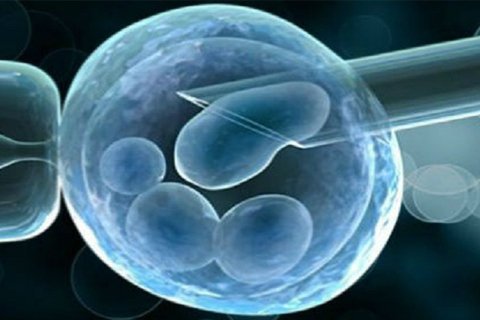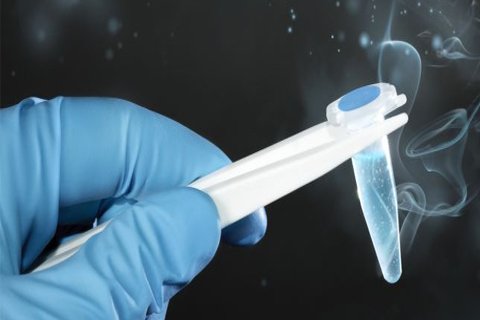
Both the procedures are performed in men with azoospermia to extract the sperms. PESA is a process in which a tiny needle is directly passed into the head of the epididymis to extract the sperm. TESA is a procedure in which a tiny needle is inserted into the testis and extracts the tissues with the negative pressure.

Preimplantation genetic diagnosis (PGD) enables people with an inheritable condition in their family to avoid passing it on to their children. It involves checking the genes and/or chromosomes of embryos created through IVF. The evaluation process takes at least 7 days. Only the selected healthy embryos are placed in the uterus of the mother. The remaining embryos are kept frozen…

Preimplantation genetic screening (PGS) determines the chromosomal status of an embryo by screening all 23 chromosome pairs prior to transfer in an IVF cycle. PGS may be appropriate for couples pursuing IVF due to a history of infertility or recurrent pregnancy loss because a major cause of IVF failure is aneuploid embryos with an abnormal number of chromosomes. The chances…

Surrogacy is a process when another woman carries a baby for a couple who wants to have a child ( intended parents). It is advisable for women with the absent / malformed uterus, repeated IVF failures and recurrent pregnancy losses. Surrogacy has been practiced as a means of helping women who are unable to bear children for centuries. With modern…

Laparoscopy is performed for treatment of fibroids, Ovarian Cysts (endometriotic cysts, simple cysts), Tubal Blockage, Uterine Septum etc. In the same sitting, Hysteroscopy to check the inside of uterine cavity is performed and any polyps, fibroids or septum can be removed.

Most people are familiar with the fact that most couples who reach the point in an ART cycle when embryos are transferred to the uterus, will not achieve a pregnancy. Even when presumably high quality, fertile eggs are used, such as in egg donation, over half of couples are still left disappointed each cycle. After a fertilized egg is transferred…

It is a procedure in which embryos frozen from the previous cycle are thawed and transferred. Embryos are typically thawed the morning of the transfer and can be thawed fairly rapidly so that if the desired number does not survive the thaw, additional embryos can be thawed in a short period of time prior to the scheduled embryo transfer. Approximately…

The blastocyst transfer is the process in which one or more embryos are transferred into the uterus of women at a very advanced stage of development. That stage is called the blastocyst stage. It is usually done after the five days of fertilization. This process offers high success rates with lower chances of multiple pregnancies.

Use of donor egg is indicated in women with ovarian failure, diminished ovarian reserve or genetic diseases or poor egg quality . Anonymous donors are provided by registered ART banks and tested for communicable diseases. A careful medical, psychological, genetic and family history is taken from the potential donor. They undergo hormonal testing, blood, and cultures for sexually transmitted diseases…

ICSI is a procedure in which a sperm is directly injected into an egg under the microscope. It is used for males with low sperm count/motility/ morphology. ICSI enables fertilization for following causes of infertility: ✔ Males with very low or zero sperm count or production. ✔ Sperm problems like poor morphology (abnormal shape) or poor motility (not moving normally).…





